Boys and Their Hair: Trends That Stand the Test of Time
Hair has always been a form of expression, especially for boys. The way boys style their hair can reflect their personality, cultural background, and even their social environment. Over the years, various hair trends have emerged, some fading away while others have continued to evolve and adapt. In this article, we will explore different hair trends for boys, how they have changed over time, and which styles have stood the test of time.
Historical Context of Boys’ Hairstyles
Throughout history, boys’ hairstyles have often reflected broader cultural and social shifts. In ancient civilizations, hairstyles could signify social status or age. Boys in ancient Rome might sport shorter hair to signify their youth, while in the Middle Ages, longer hair was often seen as a sign of nobility.
In the 20th century, societal norms began to shift more rapidly, influenced by music, film, and youth culture. The post-war era brought about a wave of rebellion, epitomized by the ‘ducktail’ and pompadour, while the 1960s and 70s saw the rise of long hair as a symbol of counterculture. More recently, the advent of social media has accelerated the sharing and evolution of hair trends, making it easier for boys to experiment with their hairstyles.
The Evolution of Boys’ Hairstyles
1. The Classic Crew Cut
The crew cut is a timeless style that has persisted through the decades. Originating during World War II, this short hairstyle became popular for its low maintenance and neat appearance. It symbolizes discipline and masculinity, often favored by boys involved in sports or military training.
Even today, the crew cut is a popular choice among boys and men. It has morphed into various versions, including the fade and undercut, allowing for personal expression while still maintaining the clean lines that define the classic look.
2. The Pompadour
The pompadour is another hairstyle that has made a significant comeback in recent years. With its origins tracing back to the 18th century, it became a symbol of rock-and-roll in the 1950s with icons like Elvis Presley popularizing the look. Boys today are adapting the pompadour with modern twists, incorporating fades and texturizing products to make the style their own.
3. Long Hair and Grunge Culture
The 1990s grunge movement brought long hair back into vogue for boys. This laid-back style symbolized a rejection of mainstream ideals, focusing instead on authenticity and individuality. Bands like Nirvana and Pearl Jam encouraged a generation of boys to grow their hair out and embrace a more natural look.
Recently, long hair for boys has experienced a revival. With the rise of social media platforms like Instagram and TikTok, influencers are showcasing how to style long hair, leading to a new generation embracing this flowy, relaxed aesthetic.
4. The Fade
The fade is a modern, versatile haircut that has gained immense popularity over the last decade. Characterized by gradually shortening length from the top down to the sides and back, the fade can be combined with various styles—whether it’s a buzz cut or a curly top.
This trend shows no signs of slowing down, with various adaptations making it appealing to boys of different backgrounds. As a result, barbershops have become popular social hubs for boys to experiment with their looks, leading to a only rise in creative expression through hair.
5. The Textured Crop
The textured crop emerged prominently in men’s fashion during the early 2010s. This hairstyle features choppy layers and a tousled appearance, providing a relaxed yet stylish look. Boys favor this style for its edgy yet approachable vibe.
The textured crop has become adaptable for various hair types, allowing boys with different textures (straight, wavy, or curly) to incorporate their own unique twists, further emphasizing individuality.
6. The Buzz Cut
The buzz cut, characterized by its very short length, has been a long-standing choice for boys who prefer a no-fuss approach to grooming. Popularized during military conflicts, it signifies a soldier’s readiness and discipline; however, its appeal has broadened over the years.
In modern times, celebrities like Zayn Malik and NBA players have sported buzz cuts, inspiring boys to embrace this simple and clean aesthetic. The buzz cut remains an enduring trend, thanks in part to its easy maintenance and versatility.
7. The Quiff
The quiff is a daring style that allows boys to express creativity while maintaining a classic look. This hairstyle features volume and texture at the front, with shorter sides. It gained mass appeal in the early 2000s and remains a popular choice for boys today due to its blend of casual and polished aesthetics.
8. The Mohawk
The mohawk stands out as a bold statement, often associated with punk culture and rebellion. Originating from indigenous tribes and later popularized in punk music scenes in the late 1970s, the mohawk has evolved into various forms, allowing for longer spikes or more subtle versions for everyday wear.
This style indicates a willingness to defy convention, and while it may not be as mainstream as others, it continues to find a place in the hearts of boys wishing to make a statement.
The Impact of Social Media on Boys’ Hairstyles
Social media has drastically changed how boys perceive and adopt hairstyles. Platforms such as Instagram and TikTok have become breeding grounds for hairstyle trends.
Influencer Culture
Influencers often showcase their hairstyles, offering tutorials and styling tips, making it easier for boys to experiment with their looks. Boys can follow their favorite personalities, fostering a sense of inspiration and community.
Viral Challenges
Hair trends sometimes go viral through challenges on social media. For instance, challenges that involve changing one’s hairstyle can lead to a sudden influx of boys opting for a particular look—whether it’s dyeing their hair, trying a fade, or growing it out for a long style.
Global Influence
With the rise of influencers from diverse backgrounds, boys are exposed to a wider range of hairstyles from various cultures. From K-pop-inspired looks to classic European styles, social media fosters intercultural exchange, leading boys to adopt hairstyles that align with their identities and aspirations.
Cultural Significance of Hair For Boys
Hair is often seen as an extension of one’s identity; however, it also carries cultural significance. Different cultures have distinct hairstyles that symbolize various attributes—be it spirituality, coming of age, or cultural pride.
1. Symbol of Masculinity
Boys’ hairstyles often reflect ideas of masculinity that vary across cultures. For instance, in some cultures, long hair may symbolize strength, while in others, shorter styles represent discipline. The way boys choose to cut or style their hair can challenge or conform to these societal expectations.
2. Coming of Age
In many cultures, hair plays a crucial role in coming-of-age ceremonies. For boys in certain indigenous communities, a haircut may signify a transition into adulthood. These cultural practices highlight the significance of hair beyond mere aesthetics; it becomes a symbol of personal growth and identity.
3. Political Statements
Historically, hairstyles have been used as forms of political expression. The Civil Rights Movement saw men opting for afros as symbols of pride in their African heritage. Similarly, boys adopting ‘anti-establishment’ hairstyles, like the mohawk or long hair during the 70s, demonstrated resistance against societal norms.
Conclusion: Hair as a Form of Expression for Boys
Boys’ hairstyles are more than just a trend—they are a reflection of identity, culture, and individuality. From the classic crew cut to the modern fade, hair remains a versatile medium for self-expression.
As new trends continue to emerge with the influence of social media, boys will keep adapting their hairstyles to suit their personalities and preferences. The enduring styles remind us of the history and cultural significance embedded in hair, highlighting how it remains a vital form of expression in the lives of boys around the world.
As we look to the future, it’s likely that boys will continue to innovate and redefine their hairstyles, ensuring that the world of boys’ hair remains vibrant, diverse, and ever-evolving.
References
- [1] History of Hair and Masculinity: A Cultural Analysis
- [2] The Psychology Behind Hairstyling Choices Among Boys
- [3] Social Media and Its Impact on Youth Hairstyles
- [4] Cultural Significance of Hair: An Anthropological Perspective
- [5] Hair as a Form of Expression in Contemporary Culture
- [6] Evolution of Boys’ Hairstyles: A Journey Through Time
This structured approach, combining historical context and modern analysis, provides a comprehensive overview of boys’ hairstyles and highlights the cultural significance placed on hair throughout different eras.

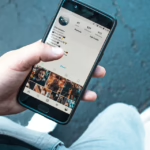
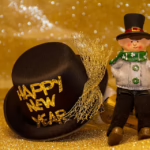


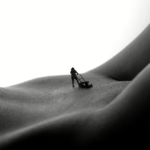









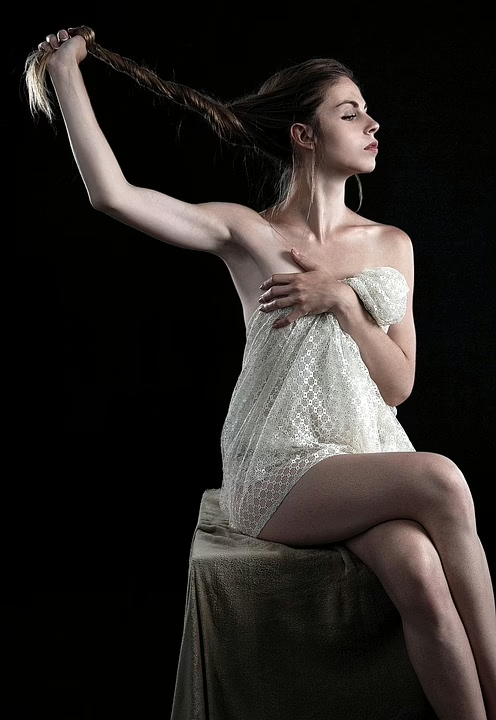

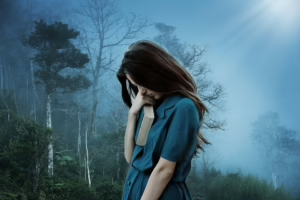
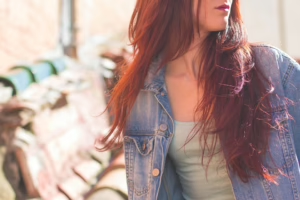
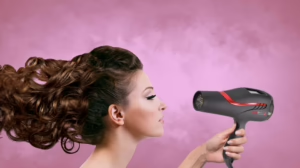
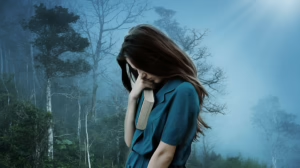
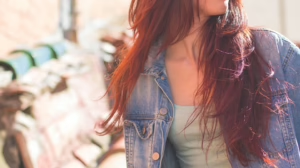




Add Comment